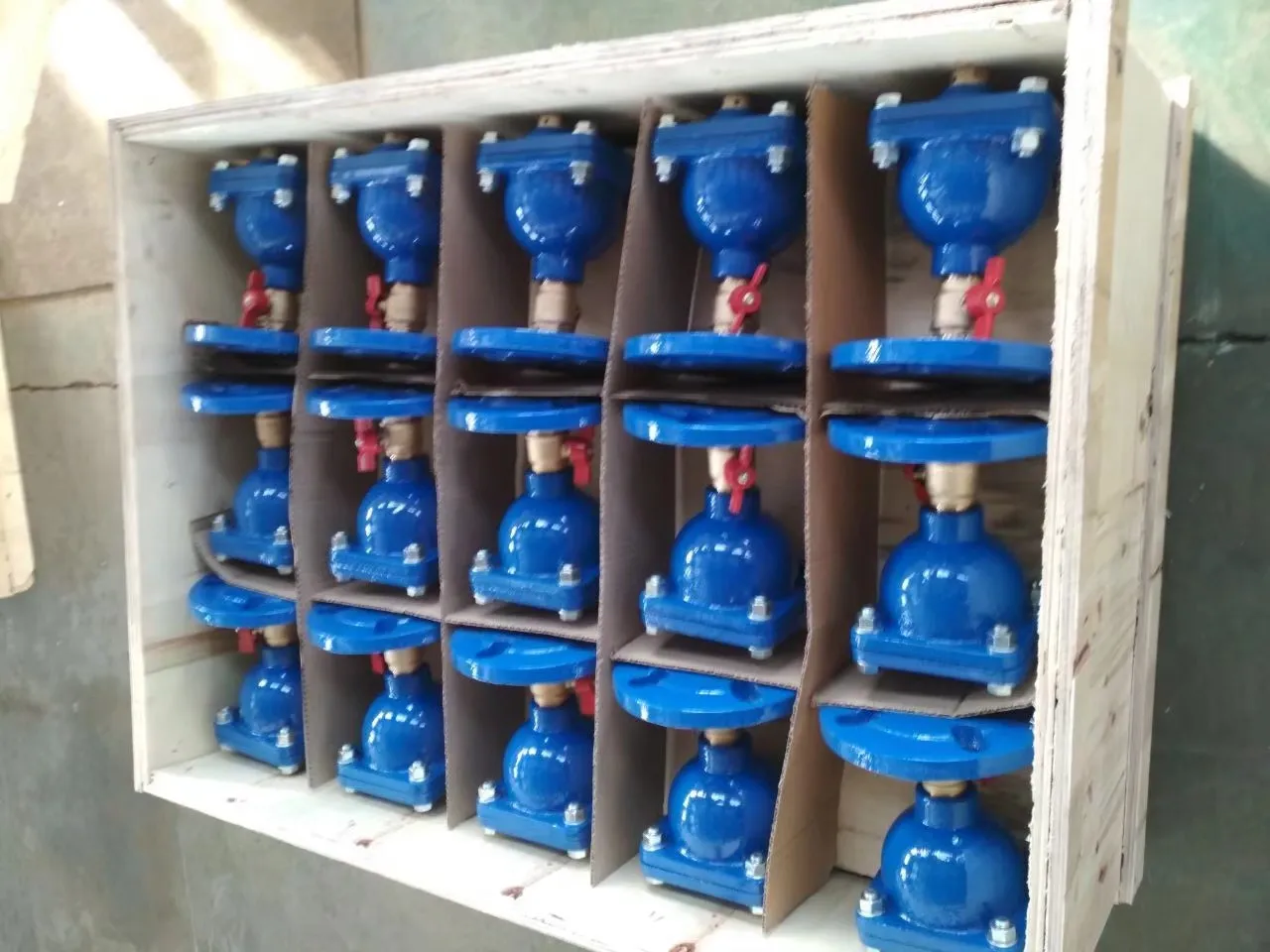sewage air relief valve
Understanding Sewage Air Relief Valves Importance and Functionality
Sewage systems play a crucial role in maintaining public health and sanitation in urban areas. To ensure that these systems function effectively, certain components are essential, one of which is the sewage air relief valve. The sewage air relief valve is designed to alleviate pressure within the sewage system, allowing for the smooth flow of waste materials and preventing potential blockages or damage to the piping infrastructure. This article explores the importance and functionality of sewage air relief valves in waste management systems.
What is a Sewage Air Relief Valve?
A sewage air relief valve is a specialized valve that allows trapped air to escape from sewage pipelines. These valves are typically installed at high points in the sewage system, where air tends to accumulate. When wastewater flows through the pipes, it can create negative pressure, leading to a potential vacuum effect that might impede the flow of sewage. The air relief valve alleviates this pressure by allowing air to enter or escape, thus maintaining normal atmospheric pressure within the system.
Importance of Sewage Air Relief Valves
1. Preventing Pipeline Damage One of the foremost reasons for installing air relief valves is to protect the integrity of sewage pipelines. Excessive negative pressure can cause pipe collapse or deformation, leading to costly repairs and potential contamination of the surrounding environment. Air relief valves help prevent this issue by maintaining balanced pressure levels.
2. Promoting Efficient Waste Transport Effective transportation of sewage relies on consistent flow without interruptions. When air pockets form within the sewage system, they can create blockages, slowing down or even halting the flow of waste. By releasing trapped air, sewage air relief valves ensure that the wastewater flows smoothly, promoting efficient transport through the system.
3. Reducing Odor Escapes Sewage systems often produce unpleasant odors due to decomposing waste materials. Air relief valves can help minimize odor emissions by allowing gases to escape in a controlled manner. This feature is particularly important for maintaining a more pleasant environment in urban areas where sewage systems are located near residential neighborhoods.
sewage air relief valve

4. Enhancing System Longevity Installation of air relief valves can significantly extend the life of sewage systems. By minimizing the risk of damage and ensuring the efficient flow of waste materials, these valves reduce the likelihood of costly repairs and replacements over time.
5. Compliance with Regulations Many municipalities have specific regulations governing the design and maintenance of sewage systems. Installing sewage air relief valves not only enhances system performance but also helps ensure compliance with health and safety standards. This is vital for securing public health and environmental protection.
How Do Sewage Air Relief Valves Work?
Sewage air relief valves operate based on the principles of pressure differential. When air is trapped in the pipeline, the pressure increases. The valve is designed with a mechanism that opens when it detects this elevated pressure, allowing air to escape. Conversely, when sewage flows through the system and a vacuum threat exists, the valve also opens to allow atmospheric air to enter, ensuring equilibrium.
These valves can be automatic, self-activating through pressure changes, or manual, requiring operator intervention. The choice between automatic and manual valves often depends on the specific requirements of the sewage system and the level of automation desired.
Conclusion
Sewage air relief valves are a vital component of sewage management systems, ensuring the efficient and safe transport of wastewater through urban infrastructure. They play a significant role in preventing pipeline damage, promoting efficient waste transport, reducing odors, enhancing system longevity, and ensuring compliance with regulations. Understanding the functionality and importance of these valves is crucial for engineers, municipal planners, and maintenance personnel involved in wastewater management. By investing in proper installation and maintenance of sewage air relief valves, municipalities can ensure the continued effectiveness of their sewage systems and protect public health and the environment.
-
The Smarter Choice for Pedestrian AreasNewsJun.30,2025
-
The Gold Standard in Round Drain CoversNewsJun.30,2025
-
The Gold Standard in Manhole Cover SystemsNewsJun.30,2025
-
Superior Drainage Solutions with Premium Gully GratesNewsJun.30,2025
-
Superior Drainage Solutions for Global InfrastructureNewsJun.30,2025
-
Square Manhole Solutions for Modern InfrastructureNewsJun.30,2025
-
Premium Manhole Covers for Modern InfrastructureNewsJun.30,2025
